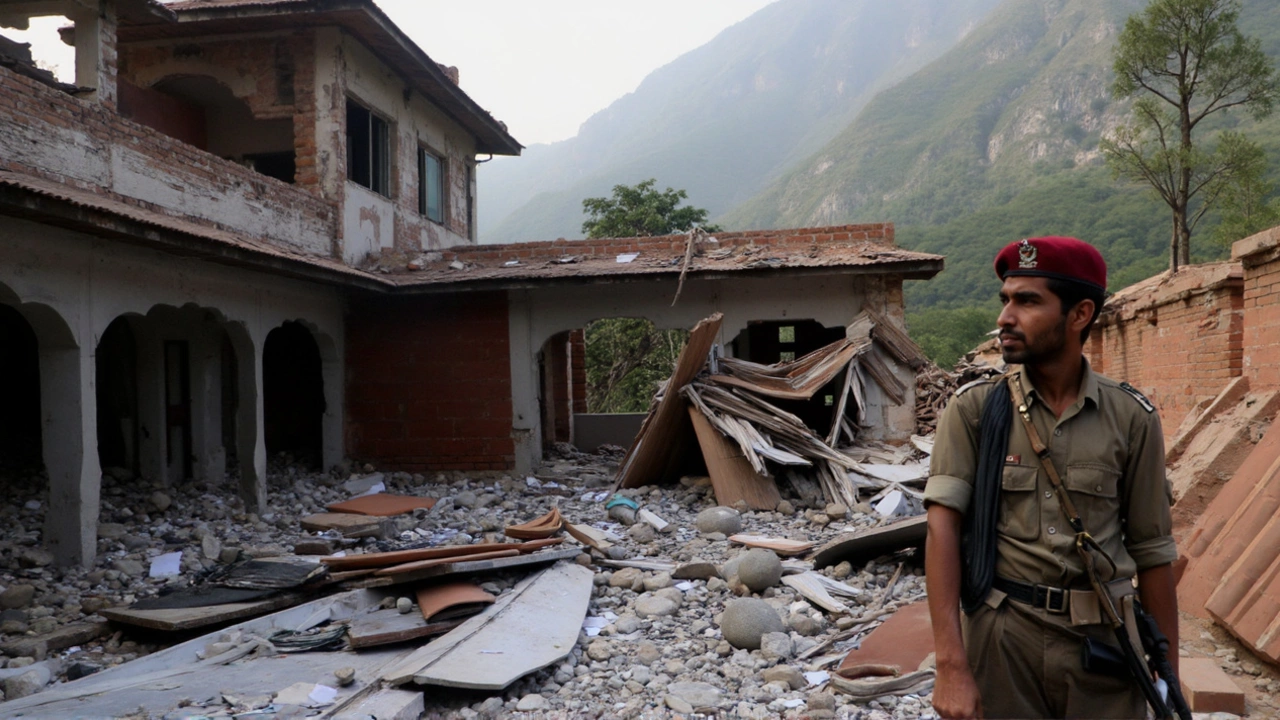What Is Nuclear Deterrence and Why Should You Care?
At its core, nuclear deterrence is the idea that having nuclear weapons stops other countries from starting a war. Think of it like a very high‑stakes version of "don’t mess with me because I have a big stick." When a nation knows you can hit back with massive firepower, it thinks twice before attacking.
This concept isn’t new – it grew out of Cold War fears when the United States and the Soviet Union both built huge bomb arsenals. The balance they created, called Mutual Assured Destruction (MAD), meant that any nuclear strike would guarantee a devastating retaliation. That scary math kept the superpowers from actually using their nukes.
The Basics of Nuclear Deterrence
Three simple ingredients make deterrence work: credibility, capability, and communication.
- Credibility: Countries must believe you’re willing to use your nukes if pushed. Empty threats don’t scare anyone.
- Capability: You need enough weapons and delivery systems (missiles, submarines, bombers) to hit back effectively.
- Communication: You have to let potential adversaries know both your capability and your intent.
When these pieces line up, the risk of a nuclear clash drops dramatically. Most analysts agree that the biggest peacekeeping factor of the last 70 years has been deterrence.
Deterrence isn’t just about having bombs; it also involves policies like No First Use (NFU), where a country promises not to launch a nuclear attack first. NFU can boost credibility if you can back it up with reliable second‑strike forces – submarines that stay hidden underwater for months.
Modern Challenges and Future Outlook
Today, the deterrence picture is more complicated. New players like North Korea and a modernising Russia are testing old assumptions. Advances in missile technology, cyber‑warfare, and hypersonic weapons mean that response times are shrinking.
Another hot topic is the role of nuclear weapons in non‑state terror groups. While a terrorist organization can’t launch a strategic strike, the fear of stolen or rogue nukes still haunts policymakers.
Arms control treaties, like the New START agreement, try to keep the balance in check, but some treaties are slipping or expiring. Without clear limits, an arms race could creep back in, making the deterrence system more fragile.
Finally, there’s a growing debate about whether deterrence can survive in a world that moves toward disarmament. Some argue that reducing stockpiles while keeping a credible second‑strike ability could strengthen stability. Others warn that too few weapons might make deterrence look weak, inviting aggression.
Bottom line: nuclear deterrence works when nations believe the threat is real, the capability is solid, and the message is loud. As technology changes and new actors appear, keeping that belief alive will need smart policies, reliable systems, and honest dialogue.
If you want to follow the latest on nuclear policy, keep an eye on treaty negotiations, defense budgets, and the strategic moves of the major powers. Understanding the basics helps you see why a topic that sounds distant still shapes global security every day.




